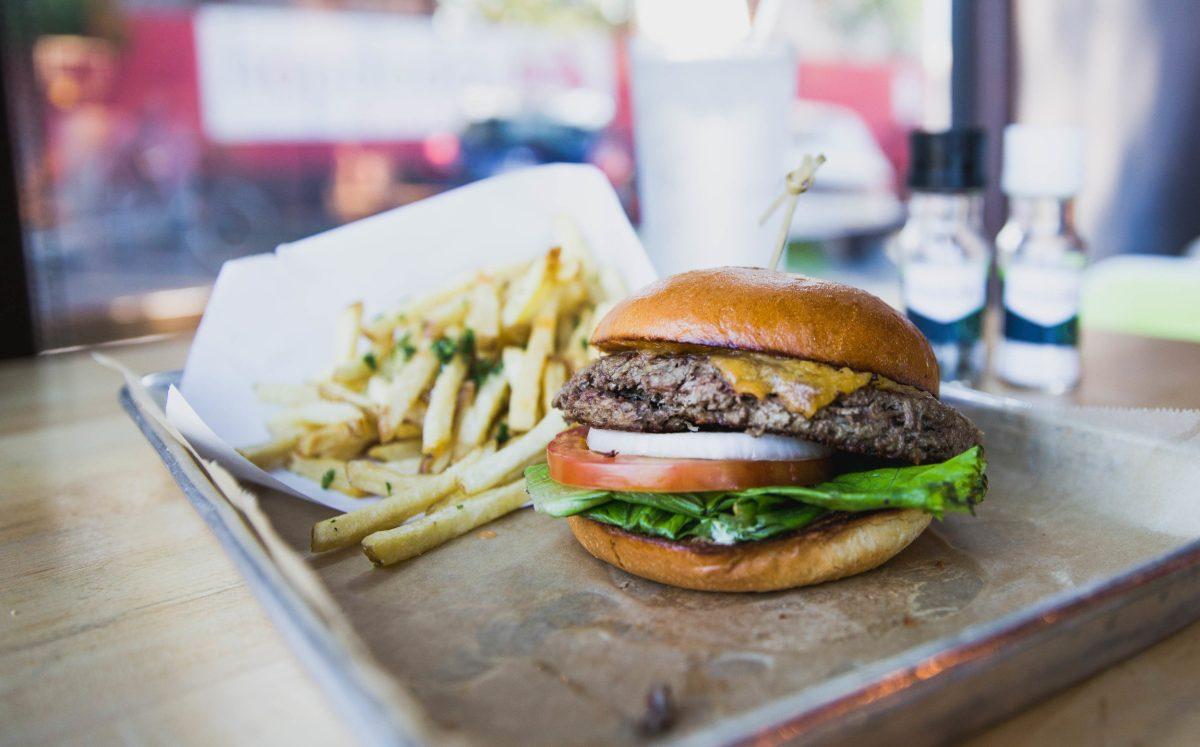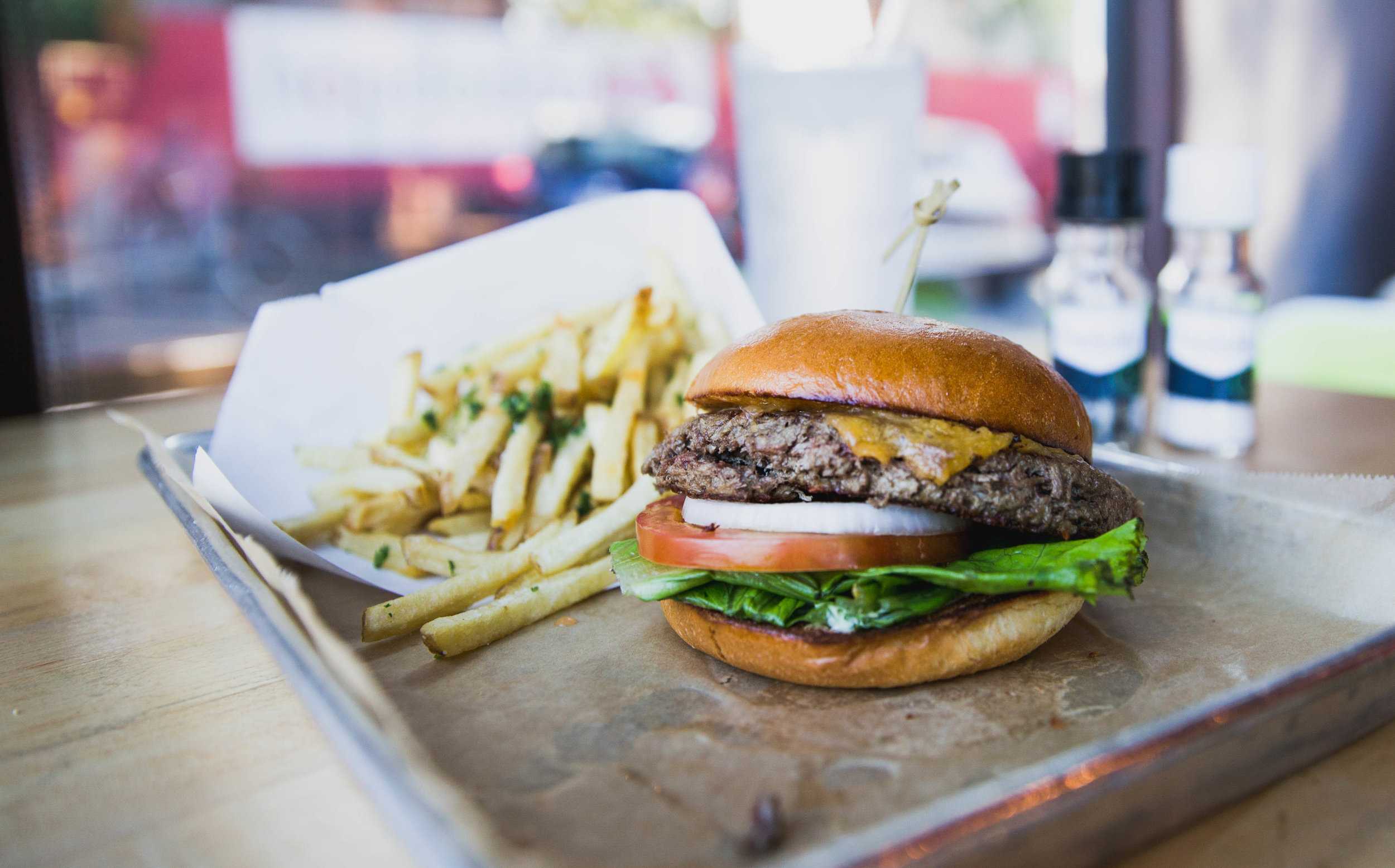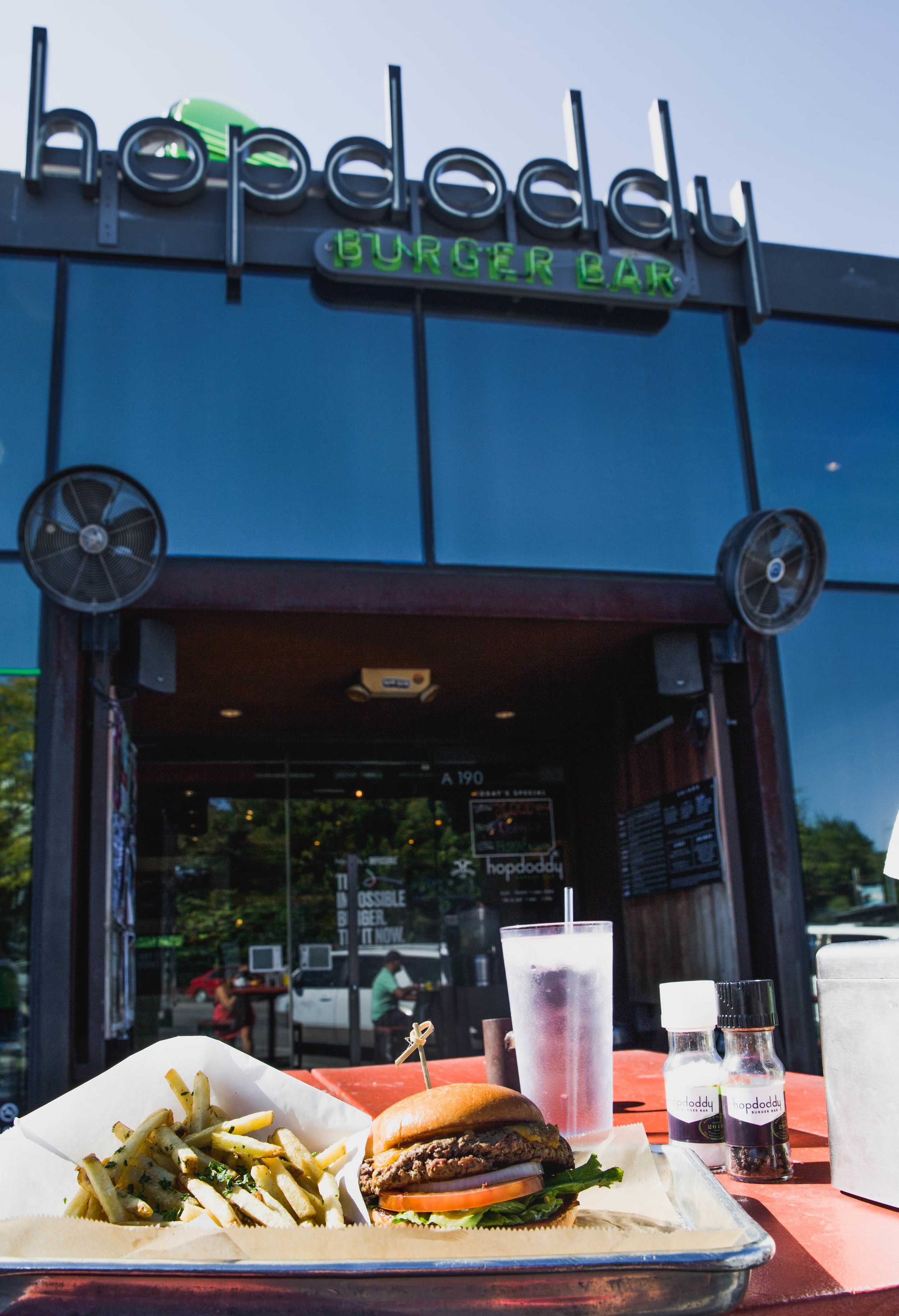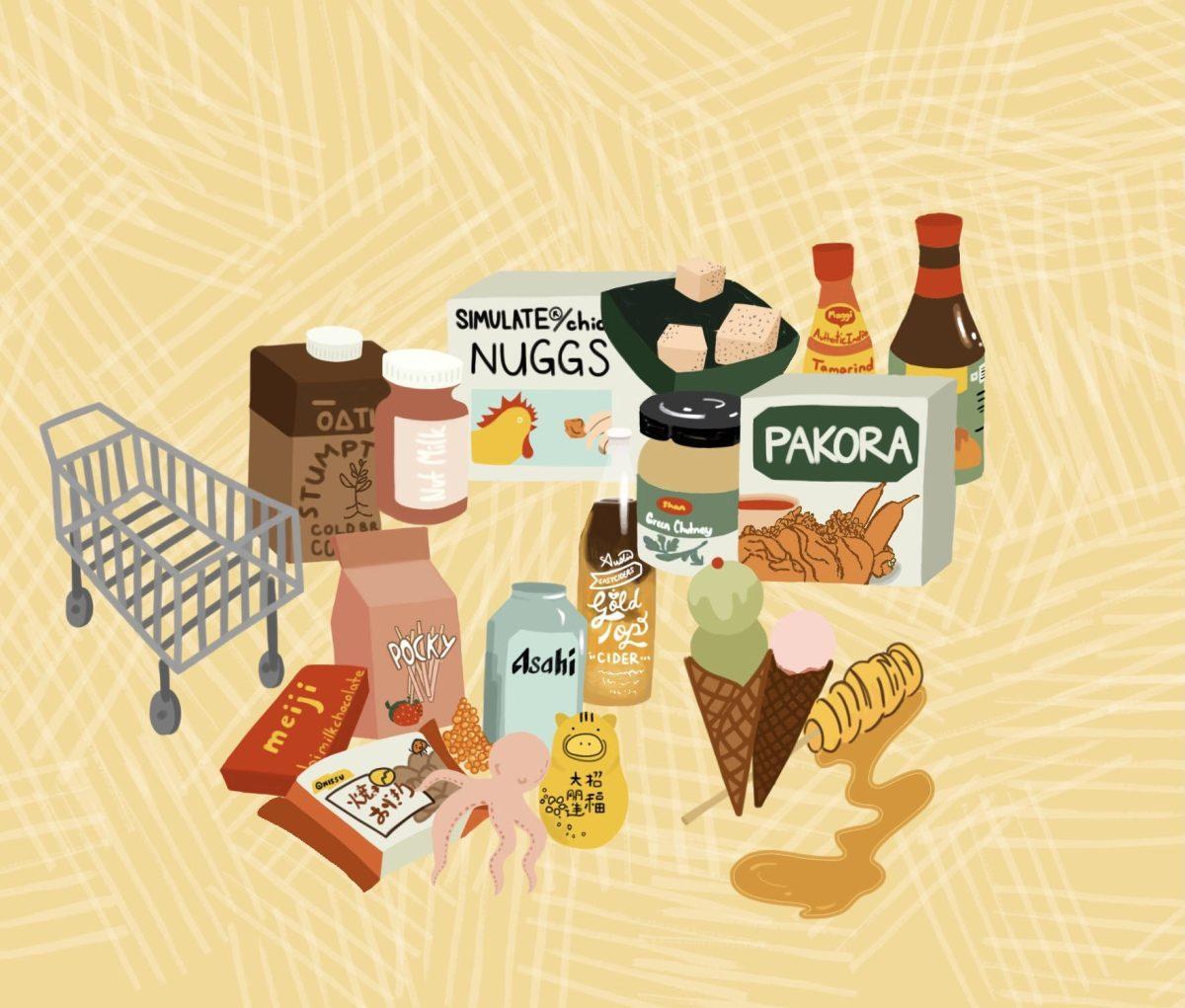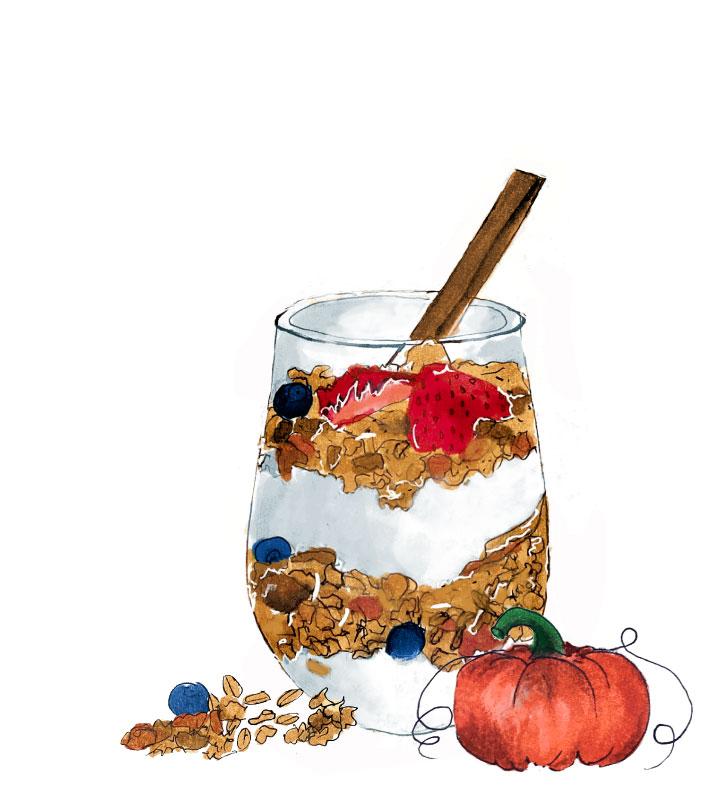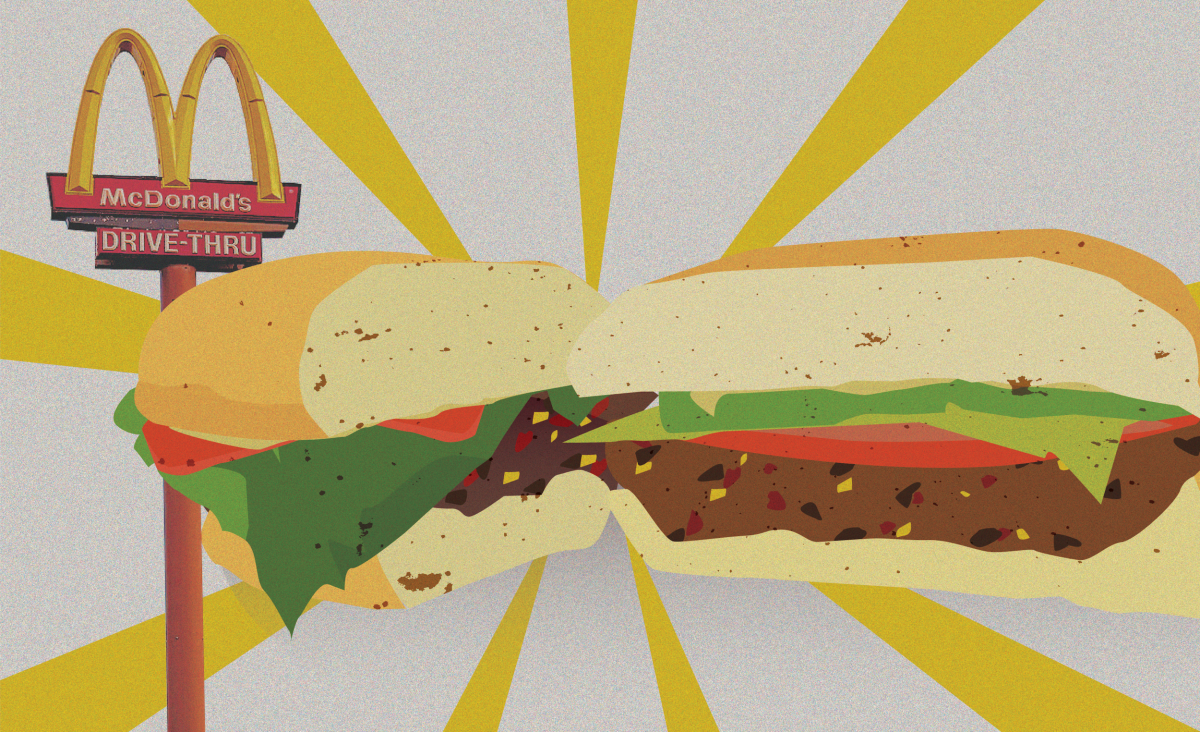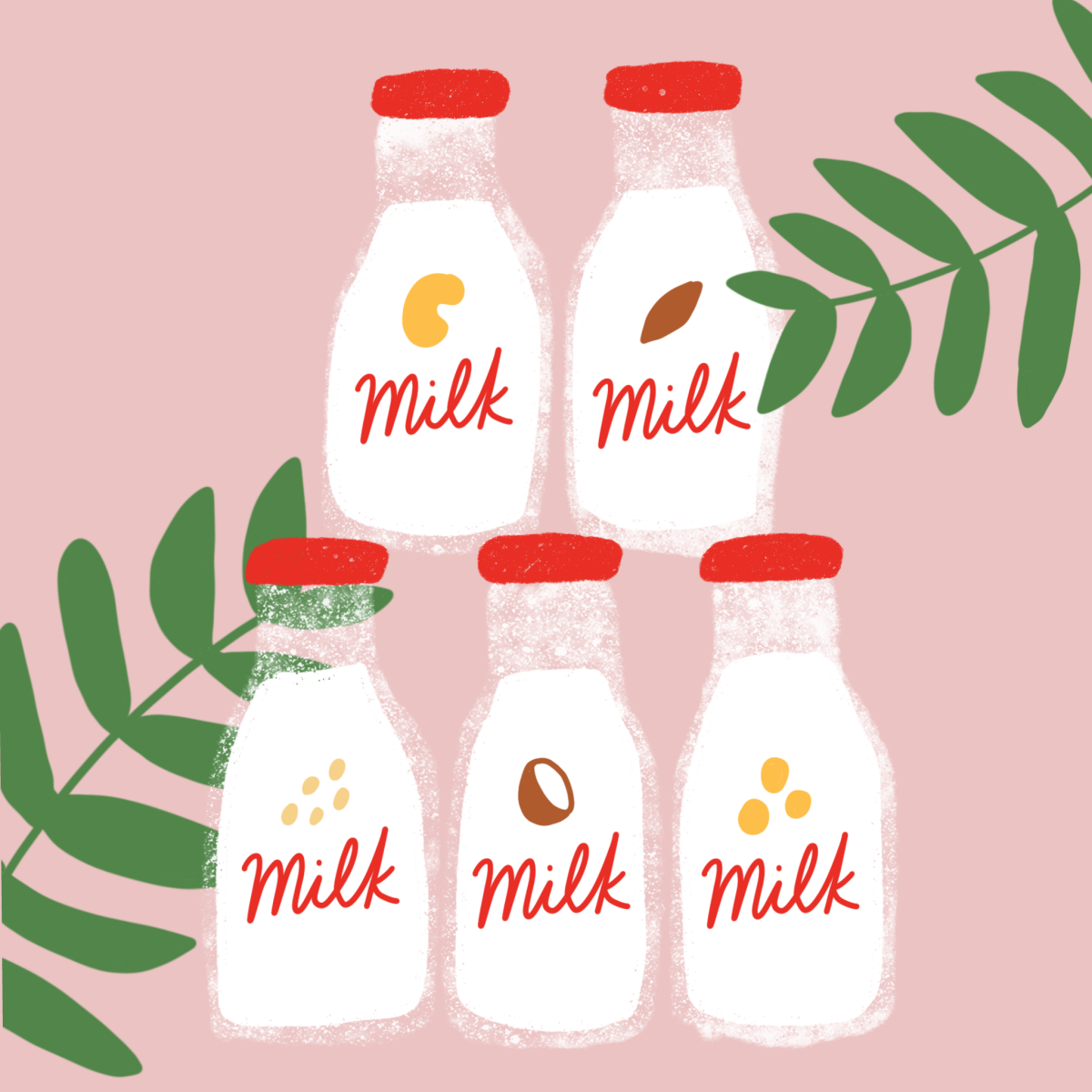Hopdoddy Burger Bar has always been transparent about their ingredients, sustainability and love for innovation in the food industry.
Story by Alexis Fischer
Photos by Ravin René
Hopdoddy has cemented itself in the Austin community as a craft-burger restaurant, but it does more than delicious food. Hopdoddy is a responsible and conscientious business that aims to make positive change within the community and beyond.
Renovating its menu over the summer, a new burger addition is also a huge advancement in technology. Can food and technology co-exist? The answer is yes, and it’s delicious. Introducing the Impossible Burger, which is a burger, but not quite. It’s completely made out of plants. Here’s the catch: it looks, feels and even bleeds like a real burger.
The Impossible Burger took five years to create. The painstakingly long process was necessary to create the most meat-like burger possible. Scientists have broken down the molecular components of food, along with taste and texture, to discover the key ingredient for making plants taste like a burger.
Available since June 23, Hopdoddy’s new Impossible Burger looks like it bleeds like beef, but it’s actually plant-based. The burger is available at all Hopdoddy locations.
First, it’s important to understand why the Impossible Burger is a huge step forward in the food revolution. Industrial agricultural, from pesticide use to genetically modified organisms, began with the intention of feeding America throughout WWI and WWII. Increasing crop yields meant a stable economy and less hunger. Today, however, the agricultural industry is one of the leading factors in deforestation, greenhouse gas emissions, water use and pollution, and declining human health. The Union of Concerned Scientists note that pesticides and genetically modified organisms have a strong correlation with certain chronic illnesses, antibiotic resistance and unsafe drinking water, as chemicals travel downstream to contaminate water sources. On top of this, ground-nutrient depletion and destruction of biodiversity are also casualties of this believed “modern miracle.”
It might be shocking for some to discover that just one pound of beef requires 1,799 gallons of water. This number includes the water for grains to feed animals, as well as irrigation for grain and grass and additional processing. Keep in mind this is just water for the beef itself, and not to create the buns or grow toppings like tomatoes and lettuce. Vegetarians and vegans often claim sustainability as a huge influence in their decision to cut out animal products in their diet.
The beautiful thing about the Impossible Burger is that without the actual meat, while still accounting for additional ingredients, it uses 74% less water, 95% less land and creates 87% less greenhouse gas emissions. There are also no hormones, antibiotics or artificial ingredients. The burger itself uses simple ingredients: potatoes, coconut oil, wheat and heme. Heme, an ingredient found in meat and plants, is an iron-containing molecule associated with oxygen in the bloodstream. This is what gives the Impossible Burger its squishy feel, as well as the juicy bleed associated with a real slab of beef.
Hopdoddy’s version of the Impossible burger is topped with cheese, tomatoes, lettuce, onion and its signature sassy sauce. It’s a substitute for the classic American cheeseburger. However, it is important to note that sustainability comes with a hefty price tag. Although some recommend adding avocado to jazz it up, the burger is already priced at $14. But does it actually taste like a burger? Yes. The burger has a nice outside crunch, and the texture is consistent with that of a real beef slab. One of its most disorienting features is that it actually smells like meat. Upon first bite, it’s very chewy and pairs well with the tried-and-true toppings of a cheeseburger. The patty itself is somewhat dry, so eaters should slather on Hopdoddy’s truffle aioli sauce and the chipotle ketchup.
Topped with cheddar cheese, tomato, onions, lettuce and a mayonnaise-horseradish honey mustard sauce, the burger has a smoky undertone with an interesting flavorful aftertaste.
That all being said, it’s unclear how effective this burger would be in changing the world. It’s uncertain who Hopdoddy is marketing to and who makes up the main customer demographic. Is it targeting carnivores who want to eat more consciously, people transitioning to vegetarianism or veganism who can’t yet curb their cravings for meat or vegetarians? The purpose of vegetarianism is to avoid meat, so some might not go out of their way to eat something that tastes like meat. Veggie burgers are just as good and immensely more affordable.
Did the Impossible Burger serve its purpose? Yes. It tasted exactly like an all-American, mass-produced, drive-through burger. However, the price tag poses a challenge for those trying to eat healthier and more sustainably. The Impossible Burger, while tricking the senses with its mimicking taste, is only a step in the food revolution that is on the horizon. The intention, product and value of the Impossible Burger should be applauded, as it has proposed a solution to a very daunting problem in the United States.































